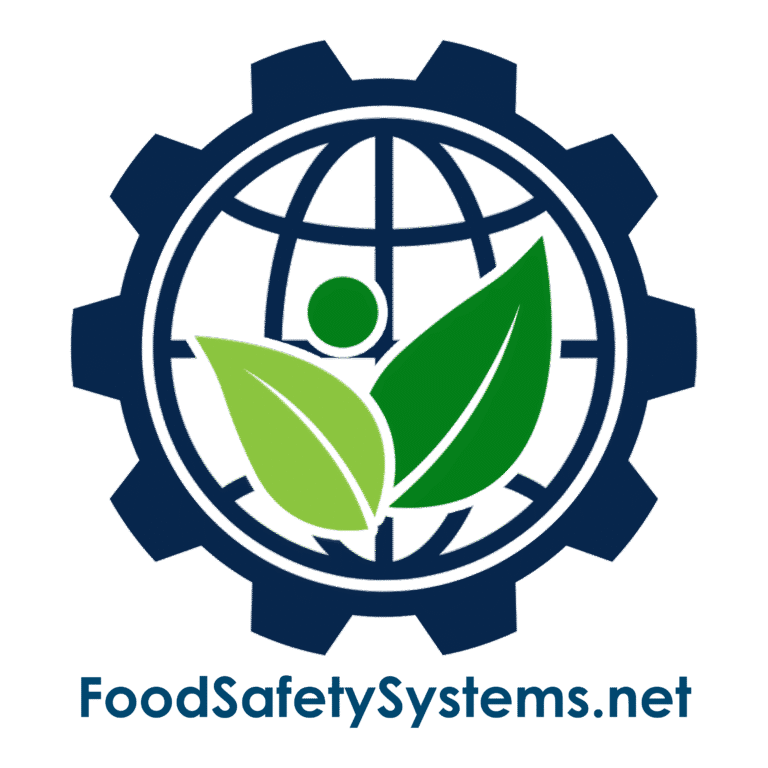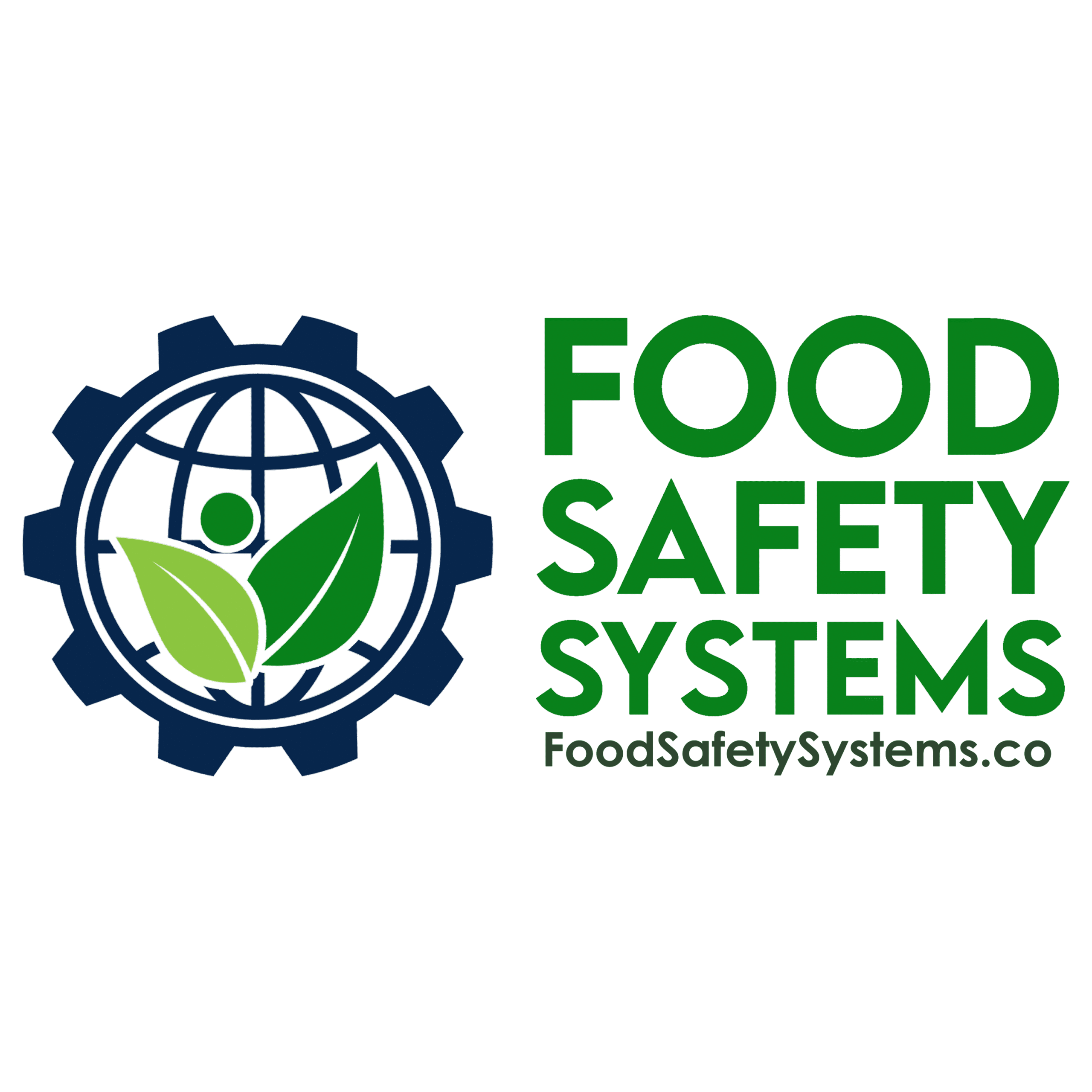Production Risk Zones & Segregation

Aligned with FSSC 22000 - High Risk • High Care • Ambient High Care
Requirement Overview
FSSC 22000 requires that the production of products in high-risk, high-care, or ambient high-care areas be managed to prevent contamination. Facilities must identify, segregate, and control these zones to protect product integrity, maintain hygiene standards, and prevent cross-contamination.
Premises and process flows must be designed, constructed, and maintained to effectively separate manufacturing zones and reduce contamination risks. Proper classification and segregation are critical for ready-to-eat (RTE) or high-sensitivity products.
Aligned with BRCGS for Storage & Distribution Issue 4 – Clause 4.3.1 & 4.3.3
Requirement Overview
BRCGS for Storage & Distribution requires that products moved via cross-docking are traceable and controlled at all times, even when they are not held in storage for extended periods.
Clause 4.3.1: “The company shall ensure that traceability is maintained at all stages, including during cross-docking operations.”
Clause 4.3.3: “Procedures shall be in place to ensure that all products handled, including those not stored on-site, remain under control and are not subject to contamination or substitution.”
Cross-docking operations must not compromise product traceability, safety, or integrity. Even with minimal handling and temporary presence, each product must be accurately identified, documented, and protected.

Key Compliance Objectives
-
✓ Identify and validate risk zones based on product and process risk
✓ Implement physical and procedural segregation measures
✓ Control the movement of personnel, equipment, and air
✓ Maintain zoning maps, cleaning protocols, and verification records
Step-by-Step Compliance Implementation
1. Identify and Classify Risk Zones
-
Zone Classifications:
-
• High Risk – RTE products with high exposure risk (e.g., cooked meats)
• High Care – RTE products requiring protection from recontamination (e.g., sandwiches)
• Ambient High Care – Shelf-stable products requiring strict hygiene (e.g., flow-wrapped snacks)
Evidence to Maintain:
-
• Risk zone assessment documentation
• Product classification and process flow diagrams
• Justification for each area’s risk level
- • High Risk – RTE products with high exposure risk (e.g., cooked meats) • High Care – RTE products requiring protection from recontamination (e.g., sandwiches) • Ambient High Care – Shelf-stable products requiring strict hygiene (e.g., flow-wrapped snacks)
- • Risk zone assessment documentation • Product classification and process flow diagrams • Justification for each area’s risk level
2. Design Effective Physical Segregation
-
Segregation Measures Include:
-
• Separate rooms, walls, barriers, or airlocks
• Positive air pressure in High Risk areas
• Controlled drainage flow from clean to dirty zones
Evidence to Maintain:
-
• Facility zoning layouts with marked barriers
• Air pressure monitoring logs
• Maintenance records for doors, filters, and seals
- • Separate rooms, walls, barriers, or airlocks • Positive air pressure in High Risk areas • Controlled drainage flow from clean to dirty zones
- • Facility zoning layouts with marked barriers • Air pressure monitoring logs • Maintenance records for doors, filters, and seals
3. Implement Procedural Segregation Controls
-
Key Controls:
-
• Staff zoning with uniform color coding
• Dedicated tools, utensils, and PPE per zone
• Entry controls such as handwashing, boot wash, and changing areas
Evidence to Maintain:
-
• SOPs for personnel and material movement
• Zone-specific equipment logs
• Uniform and hygiene compliance checks
- • Staff zoning with uniform color coding • Dedicated tools, utensils, and PPE per zone • Entry controls such as handwashing, boot wash, and changing areas
- • SOPs for personnel and material movement • Zone-specific equipment logs • Uniform and hygiene compliance checks
4. Validate and Monitor Risk Zone Effectiveness
-
Verification Methods:
-
• Environmental swabbing for relevant pathogens
• Internal audits and inspections
• Staff training assessments on zone protocols
Evidence to Maintain:
-
• Microbial test results by zone
• Audit checklists and CAPAs
• Training attendance and evaluation records
- • Environmental swabbing for relevant pathogens • Internal audits and inspections • Staff training assessments on zone protocols
- • Microbial test results by zone • Audit checklists and CAPAs • Training attendance and evaluation records
Common Audit Findings & Recommended Fixes
| Audit Finding | Recommended Action |
|---|---|
| Undefined or inconsistent zoning | Conduct a risk assessment and create zoning maps |
| Cross-use of utensils or PPE across zones | Implement color-coded equipment and strict segregation policies |
| Airflow issues in High Risk areas | Install pressure controls and maintain HVAC filters |
| No validation of hygiene effectiveness | Start routine environmental monitoring in each zone |
Auditor Verification Checklist
Auditors will typically review:
-
• Facility zoning risk assessment and classification rationale
• Segregation layout plans (physical and procedural)
• Environmental test results for High Risk and High Care areas
• Evidence of staff training and zone-specific procedures
• Internal audit results and continuous improvement logs
Implementation Roadmap
Build Your Program
-
✓ Identify risk-based production zones
✓ Develop zoning diagrams and control procedures
Train and Implement
-
✓ Train staff on zone protocols, flows, and hygiene expectations
✓ Enforce zoning through uniforms, access controls, and signage
Monitor and Verify
-
✓ Perform routine environmental monitoring
✓ Conduct zoning audits and risk reassessments
Improve Continuously
-
✓ Update zone controls after layout, process, or product changes
✓ Respond to audit findings and contamination trends proactively
Why This Matters?
-
✓ Protects RTE and sensitive products from recontamination
✓ Demonstrates full control of hygiene and facility design
✓ Meets FSSC 22000 requirements for production zoning
✓ Enhances audit performance and regulatory trust
Support Tools Available
Food Safety Systems provides:
-
✓ Zoning risk assessment templates
✓ Sample layout maps for risk segregation
✓ Environmental monitoring protocols
✓ Training guides for personnel hygiene and area control
Privacy Policy | Terms of Service
Powered by interlinkIQ.com, Developed by ITBlaster.net, Owned and Operated by Consultare Inc. Group, A Compliance Company. All Rights Reserved.







